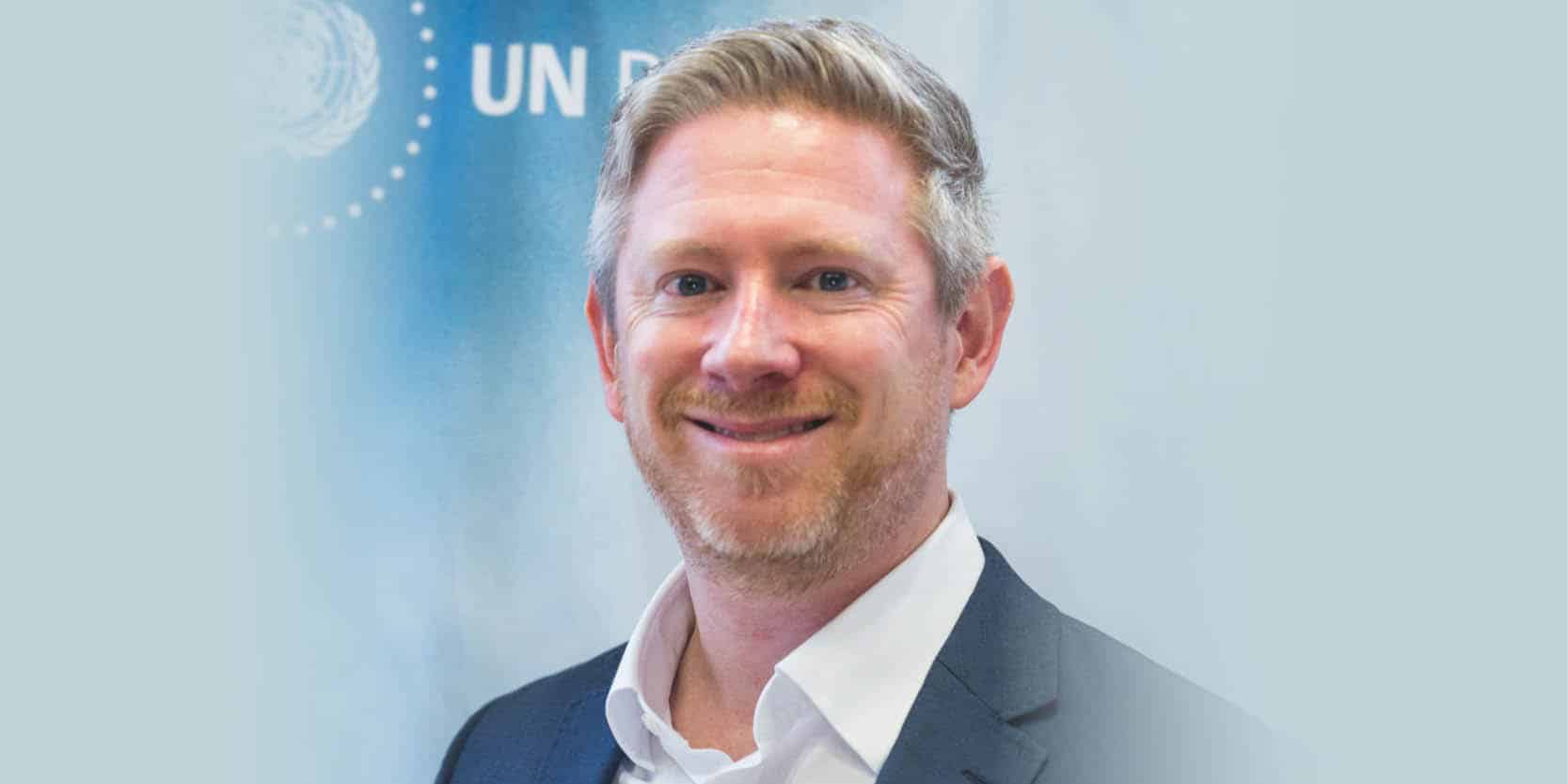Mark Weiser, CTO, Xerox PARC, also referred to as the Father of Ubiquitous Computing, famously said “The most profound technologies are those that disappear. They weave themselves into the fabric of everything in life until they are indistinguishable from it.” That is geospatial today!
It is integral and integrated into more and more things we do every year. To users of technology, geospatial will seamlessly blend in with AI, ML, and IoT.
Geospatial is crucial for decision-makers because they have the opportunity to build strong foundations and technology ecosystems which can be applied in multiple ways to solve problems or drive investment in a range of areas.
The challenge that the geodesy, geospatial, and other emerging tech sectors face is how to ‘sell’ the value of what they provide to decision-makers. Often fundamentals are forgotten when it comes to budgets. They fall by the wayside to accommodate higher priorities.
Those who work on the fundamentals need stronger evidence to showcase the value of what they enable, and the risks associated with them collapsing.
Geodesy for Digital Twins
While visualization is considered to be at the core of Digital Twin, geodesy and standards play a very critical role. However unfortunately they are an afterthought in Digital Twins.
Digital Twins should provide an accurate and reliable digital representation of the real world, enabling us to simulate exact scenarios and develop detailed and precise infrastructure models.
This is only possible with geodesy and standards being at the core of Digital Twin development. I am a strong believer in the build once, apply many practices.
There’s a need for greater investment in geodesy and standards to develop and foster a comprehensive and innovative geospatial ecosystem.
Invigorating Foundations
We cannot benefit from integration unless we strengthen the foundations of satellite services.
Our reliance on satellites has grown to the extent that in some countries satellite services are seen as a single point of failure for national economies and the operation of critical infrastructure.
The risk is the lack of resilience in the global geodesy supply chain. Without geodesists constantly measuring this critical information and providing it to satellites, the applications we take for granted, and the benefits they afford us are at the risk of being degraded or lost.
Stronger Together
No country can do geodesy on its own. We have to work together to constantly measure the dynamics of the Earth and combine our information to ensure satellites continue to operate. The difficulty with geodesy is that traditionally we have had trouble explaining the importance of what we do to decision-makers.
Within the UN-GGCE, we are working hard to change this. We are working with Member States and partners on a Joint Development Plan to strengthen the global geodesy supply chain.
This includes providing stronger evidence of the risks associated with a degradation in the global geodesy supply chain and the economic benefits of investment in stronger foundations and more capacity development.
The UN-GGCE’s vision is one where all countries have strong political support for geodesy which enables them to together accelerate the achievements of the Sustainable Development Goals to derive social, environmental and economic benefits. The future is bright as long as we don’t forget the core aspects of our work.
Disclaimer: Views Expressed are Author's Own. Geospatial World May or May Not Endorse it









